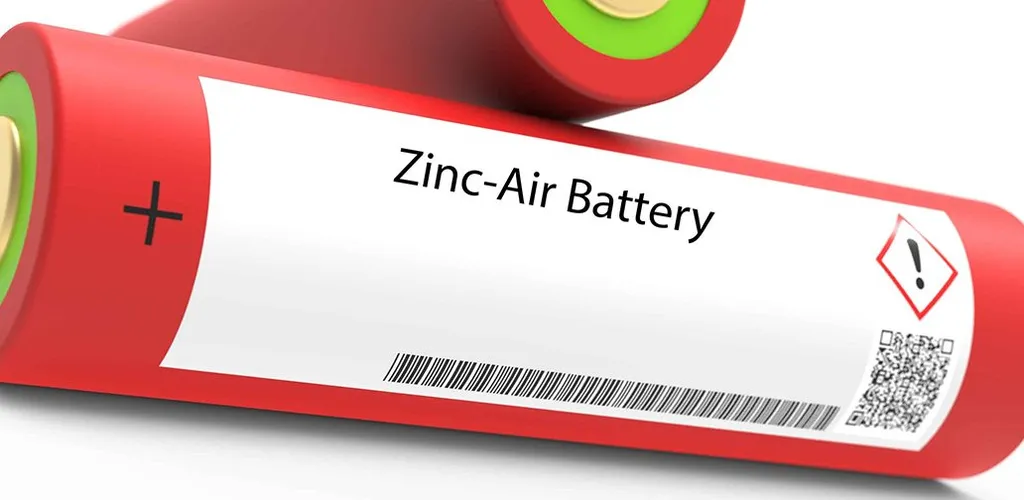In the quest for high-performance, cost-effective energy storage solutions, researchers have long been drawn to aqueous zinc-ion batteries (AZIBs) for their safety and sustainability. However, challenges related to structural instability and narrow interlayer spacing in cathode materials have hindered their widespread adoption. A recent study published in *InfoMat* (translated from Chinese as “Information Materials”) offers a promising breakthrough, demonstrating a novel approach to engineer layered vanadium-based oxides for ultra-stable AZIBs.
Led by Yajiang Wang from the School of Chemistry and Chemical Engineering at Jiujiang University in China, the research team developed a dual-strategy modification of V2O5, a common cathode material. By introducing oxygen vacancies and inserting benzyltrimethylammonium organic cations (TMBA+) into the interlayers, the team successfully expanded the interlayer spacing and stabilized the layered framework.
“This dual-engineering approach not only enhances the structural stability but also modulates the local atomic coordination and electronic structure of the material,” explained Wang. The resulting VOH-TMBA+ composite electrode material exhibited a high specific capacity of 417.2 mAh g−1 at 0.2 A g−1 and remarkable cycling stability, retaining 90.7% of its capacity after 7000 cycles at 10.0 A g−1.
The implications for the energy sector are substantial. AZIBs are poised to play a crucial role in large-scale energy storage due to their inherent safety, low cost, and environmental friendliness. The dual-engineering strategy demonstrated in this study could pave the way for the development of high-performance cathode materials, accelerating the commercialization of AZIBs.
“Our work provides a generalizable strategy for engineering layered metal oxides through collaborative structural and electronic modulation,” Wang noted. This approach could inspire further innovations in the design of advanced materials for energy storage applications.
The study’s findings were corroborated through in-situ XRD/Raman and ex-situ XPS/SEM characterizations, which revealed that the VOH-TMBA+ electrode operates based on H+/Zn2+ co-insertion/extraction. Density functional theory calculations further demonstrated enhanced conductivity and facilitated Zn2+ transfer, underscoring the material’s potential for practical applications.
As the energy sector continues to evolve, the demand for efficient, reliable, and sustainable energy storage solutions grows ever more urgent. The research published in *InfoMat* offers a compelling step forward, showcasing the power of innovative materials engineering in addressing these critical challenges. With further development and optimization, the dual-engineering strategy could revolutionize the design of cathode materials, unlocking the full potential of AZIBs and shaping the future of energy storage.

